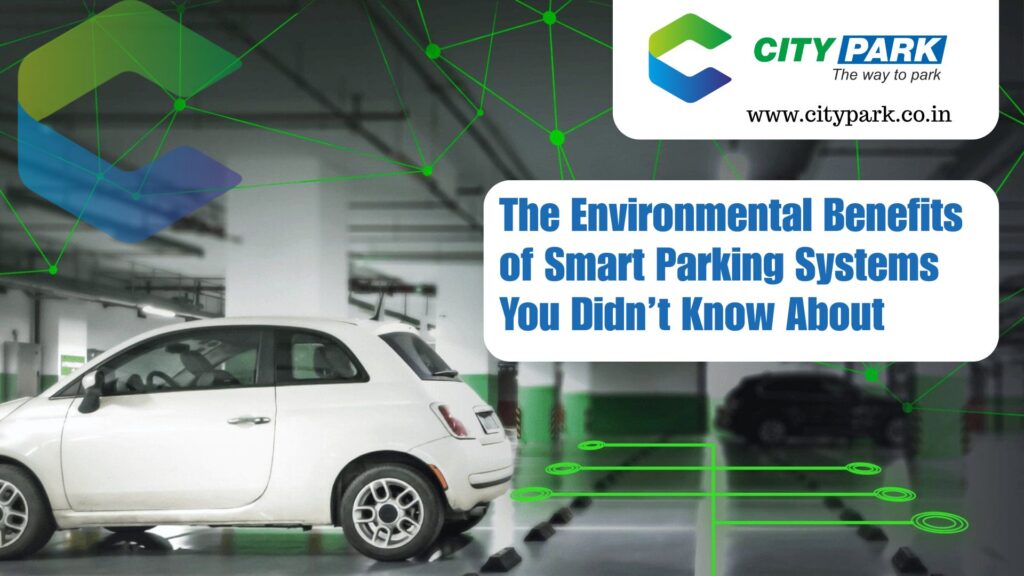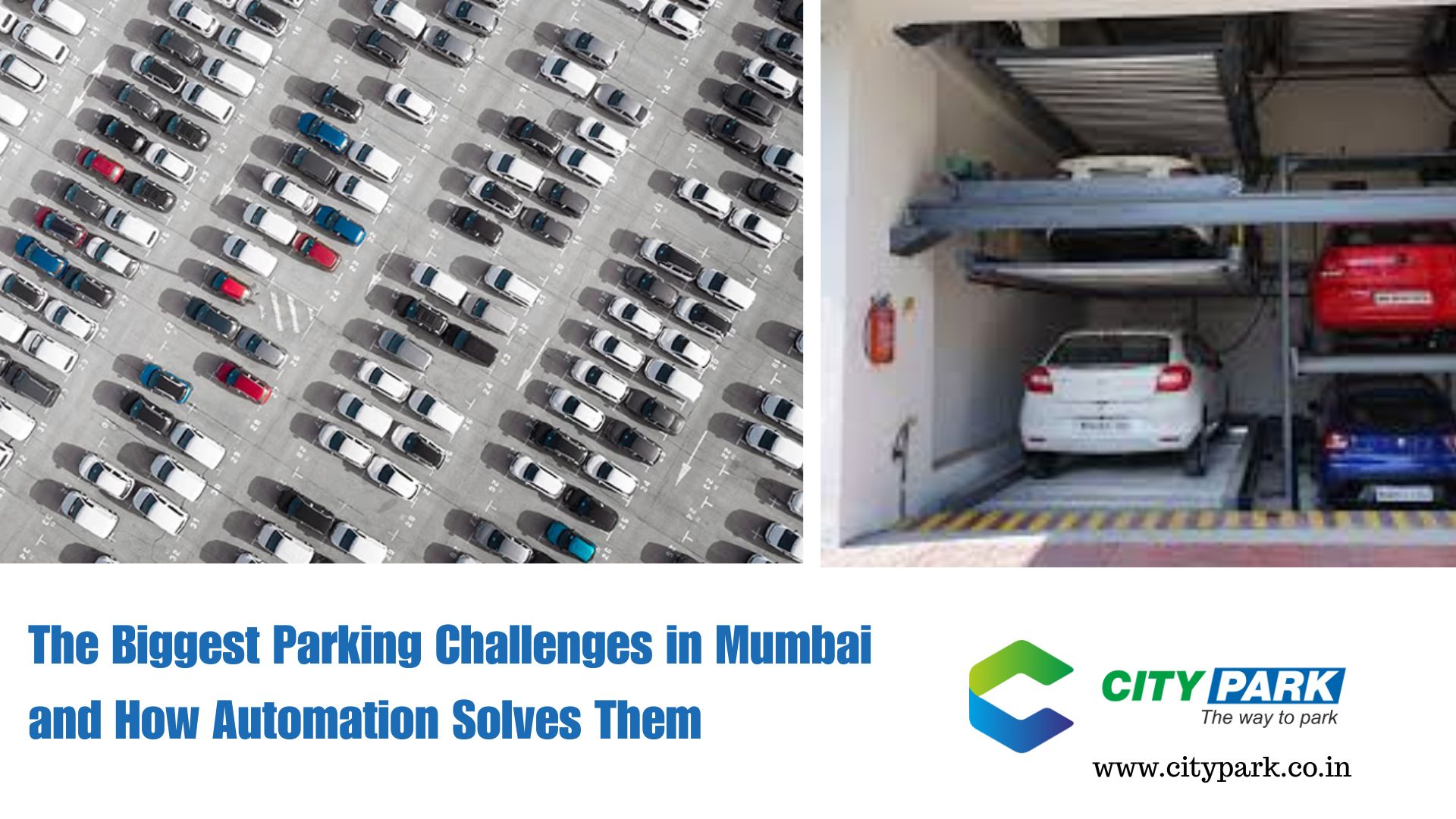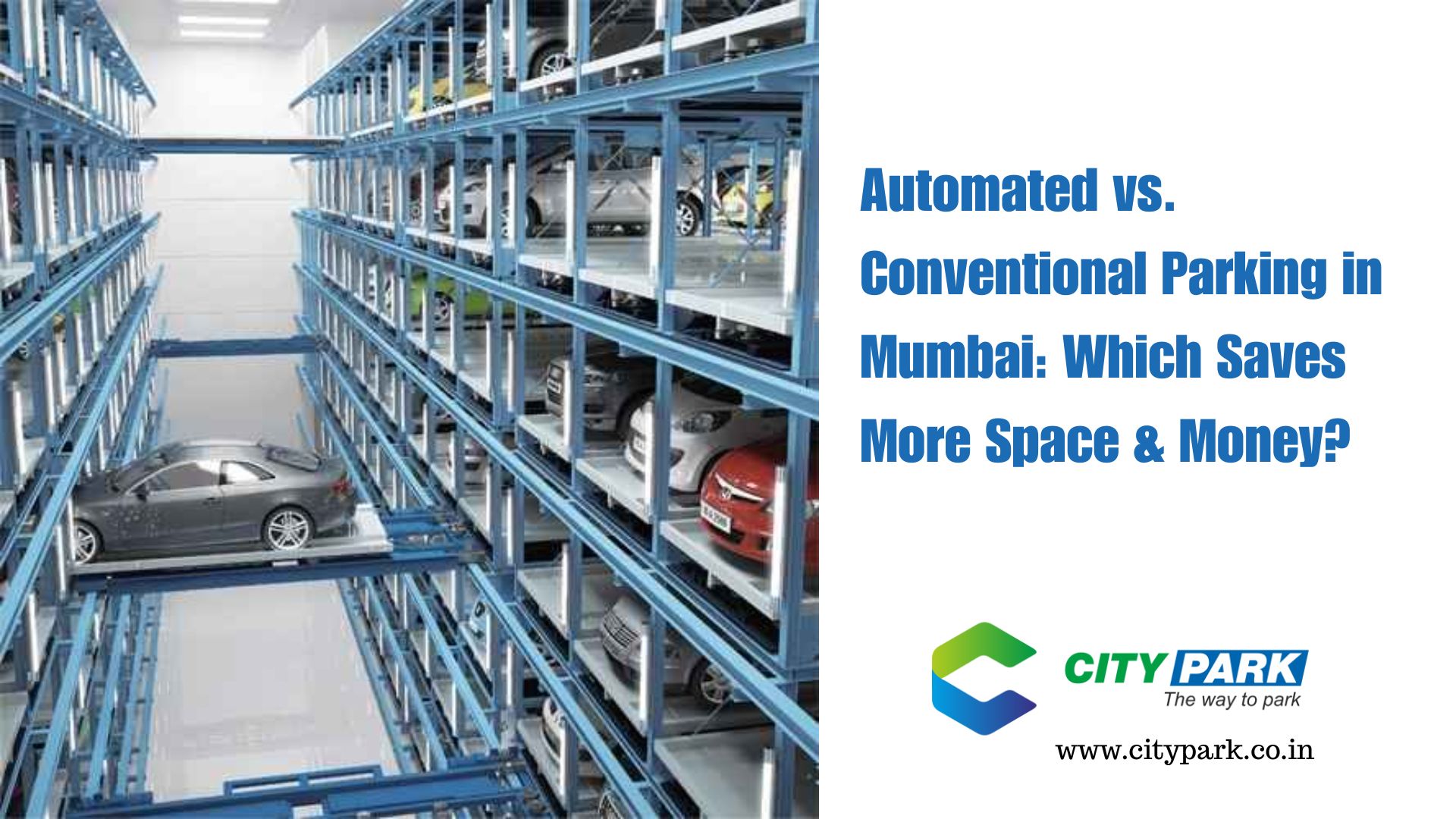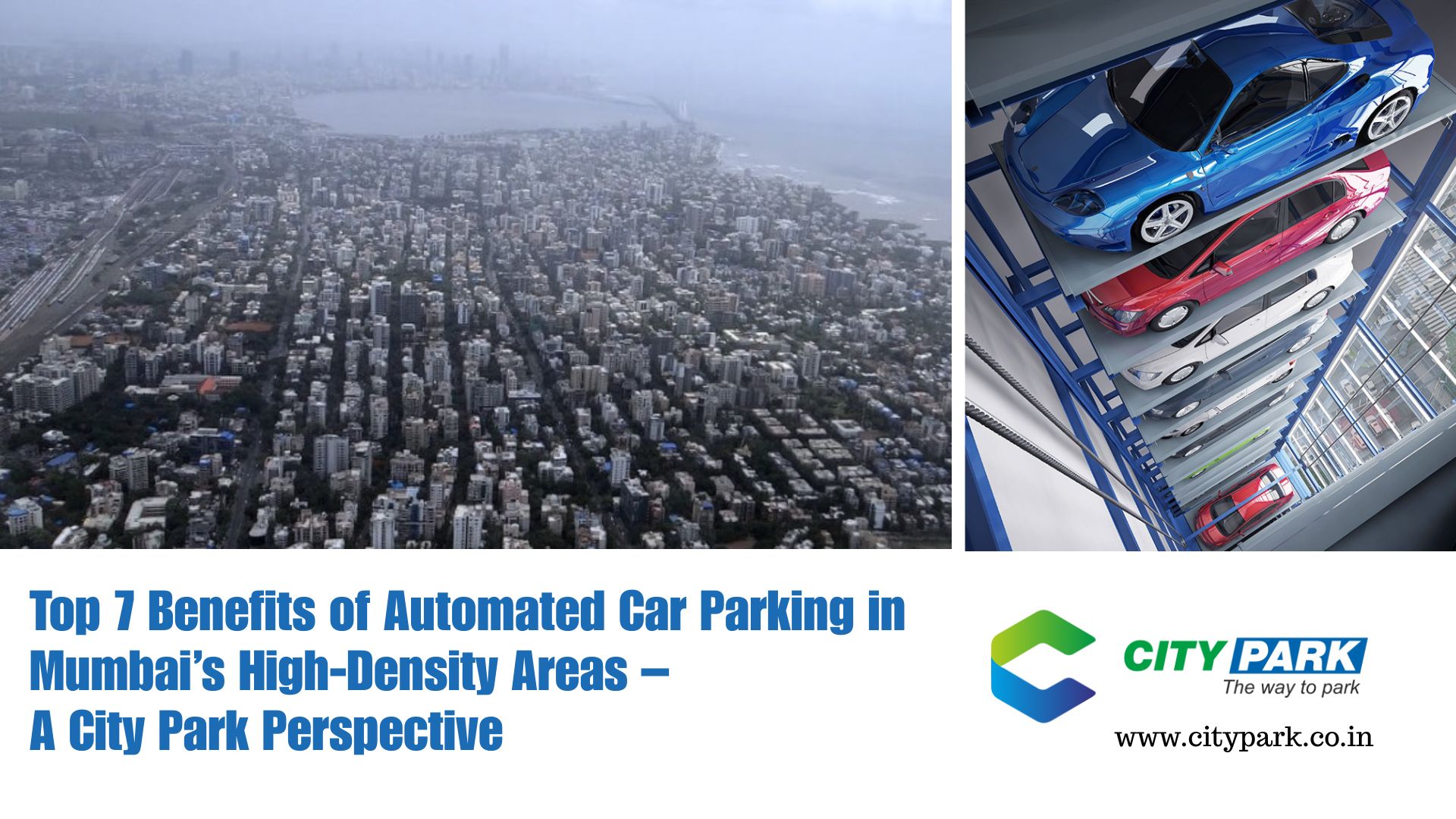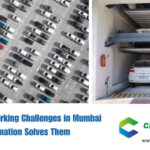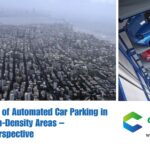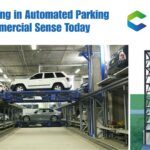In an era of climate change and rapid urbanization, every industry is under pressure to adopt greener, more sustainable practices. The construction and operation of parking facilities—often overlooked in environmental discussions—represent a surprisingly large opportunity for reducing carbon emissions and improving air quality.
At City Park, a professional automated car parking system company established in 2014, we have seen firsthand how smart parking solutions can transform not only urban mobility but also the environmental footprint of developments.
If you think parking is merely about convenience or maximizing land use, think again. Modern automated parking systems are powerful tools for supporting sustainability goals, from cutting CO₂ emissions to reducing resource consumption.
In this article, we will unpack the environmental benefits of automated and smart parking systems—benefits you may not have considered, backed by credible studies and expert opinions.
- Reducing Vehicle Idling and Unnecessary Driving
Perhaps the most significant environmental advantage of automated parking systems is the elimination of vehicle idling and circulation within parking facilities.
How Traditional Parking Creates Emissions:
- In conventional multilevel parking garages, drivers spend considerable time searching for available spots.
- Studies by the Institute of Transportation Engineers estimate that up to 30% of urban congestion is caused by drivers hunting for parking.
- According to the U.S. Department of Energy, idling vehicles burn roughly 0.2–0.5 gallons of fuel per hour, releasing significant CO₂ and particulate matter into the air.
How Automated Systems Solve This:
- In a fully automated parking system, drivers leave their vehicle at a transfer area and exit the facility.
- The system then autonomously parks the car using lifts and shuttles.
- This process eliminates all internal driving, maneuvering, and idling.
Impact:
- A study published in Transportation Research Part D found that automated parking can reduce vehicle-related emissions inside parking facilities by up to 60–80%, simply by removing the need for in-garage circulation.
- Less idling also reduces pollutants such as nitrogen oxides (NOₓ) and volatile organic compounds (VOCs), which are harmful to respiratory health.
Expert View:
“If you eliminate the time spent circling for parking, you significantly cut carbon emissions. Automated parking is one of the most direct strategies to make urban transportation greener.”
— Dr. Martin Wachs, Professor Emeritus of Urban Planning, UCLA
Key Takeaway:
By reducing idling and internal driving, smart parking systems offer an immediate and measurable reduction in CO₂ emissions.
- Supporting Sustainable Urban Density
Urban sprawl is one of the leading contributors to increased transportation emissions. When developments spread horizontally, more driving becomes necessary, and public transport becomes less practical.
Traditional parking facilities exacerbate sprawl:
- They require large footprints for ramps and circulation.
- Lower parking density leads to bigger lots or larger building volumes.
Automated Parking’s Role:
- Automated parking systems can park the same number of cars in 40–60% less space.
- The saved land can be used for green areas, bicycle infrastructure, or higher-density mixed-use development.
- Smaller parking footprints support transit-oriented development, reducing reliance on private vehicles.
Real-World Example:
In Germany, the city of Wolfsburg implemented automated parking towers near major transit stations. Studies showed that commuters were more willing to park and ride when parking was:
- Fast and automated.
- Located next to high-frequency rail connections.
Result:
- An increase in public transport ridership.
- A decrease in vehicle kilometers traveled, lowering total CO₂ emissions citywide.
Key Takeaway:
Automated parking is a valuable tool to support compact, transit-friendly urban design, which is essential for a low-carbon future.
- Reducing Construction Materials and Energy Use
Parking garages are concrete-heavy structures. Producing cement is among the largest industrial sources of CO₂ emissions globally.
The Cement CO₂ Problem:
- Cement production accounts for roughly 8% of global CO₂ emissions, according to the International Energy Agency.
- A conventional parking structure requires vast amounts of concrete to build ramps, drive aisles, and structural supports.
Automated Parking Changes This Equation:
- No ramps or wide aisles are needed.
- Parking structures can be narrower, taller, and more efficient.
- Many systems are designed with lighter steel frames instead of concrete.
- Overall construction materials are reduced by up to 50%, significantly lowering embodied carbon.
Energy Savings During Operation:
- Less lighting is needed, because no people walk in the storage areas.
- No ventilation fans are required to clear vehicle exhaust, because cars don’t drive inside.
- A study from the European Parking Association reported that automated systems consume up to 60% less operational energy over their lifespan compared to traditional garages.
Expert Opinion:
“If you can reduce embodied energy and operational energy in a building, you’re taking a huge step toward decarbonization.”
— Rachel Anderson, Senior Researcher, Building Decarbonization Coalition
Key Takeaway:
Smart parking systems require fewer materials to build and less energy to run, making them a powerful strategy to shrink a development’s carbon footprint.
- Minimizing Heat Island Effect
Urban heat islands—where cities become significantly hotter than surrounding rural areas—are worsened by vast concrete surfaces absorbing and re-radiating heat.
Traditional Parking Contributes to Heat Islands:
- Surface lots and large garage rooftops trap solar energy.
- They radiate heat into the atmosphere, driving up cooling costs and exacerbating climate change.
Automated Parking as a Solution:
- Smaller building footprints mean less heat-absorbing surface area.
- Many automated parking towers can be clad with reflective or green facades.
- Rooftops can be designed as green spaces or solar panel arrays rather than bare concrete.
Example:
In Tokyo, automated parking systems integrated with rooftop gardens showed measurable reductions in surrounding air temperatures, improving urban microclimates.
Key Takeaway:
By occupying less land and enabling green roofs or solar arrays, automated parking can mitigate the urban heat island effect.
- Enabling Electric Vehicle (EV) Integration
Electric vehicles are central to sustainable transport, but they need charging infrastructure.
Challenges in Traditional Parking:
- Retrofitting chargers in old garages is complex and expensive.
- Power capacity upgrades and cable management become logistical headaches.
Automated Parking Advantage:
- Charging systems can be integrated during installation.
- Cars can be parked in automated bays with inductive charging pads or robotic cable connectors.
- The parking system itself can manage charging schedules, optimizing grid loads and using renewable energy when available.
Case in Point:
In Oslo, Norway—one of the world’s leading EV markets—automated parking towers have been designed with up to 100% EV-ready infrastructure.
Impact:
- More efficient use of renewable power.
- Encouragement for more drivers to switch to electric vehicles.
- A further reduction in CO₂ emissions per kilometer driven.
Key Takeaway:
Smart parking is the ideal foundation to support widespread EV adoption, making it easier for developers to future-proof their properties.
- Lowering Noise Pollution
While CO₂ gets most of the attention, urban noise is also a serious environmental issue, linked to stress, heart disease, and sleep disruption.
How Traditional Parking Adds Noise:
- Engine revving and tire squeal in ramps.
- Loud mechanical ventilation systems.
- Doors slamming and horns honking in congested garages.
Automated Systems Reduce Noise:
- Vehicles are shut off before entering storage areas.
- No moving traffic within the parking structure.
- All lifting and conveying happens in enclosed spaces with acoustic insulation.
Expert View:
“Reducing noise pollution improves community health and quality of life, especially in dense urban areas.”
— World Health Organization
Key Takeaway:
Smart parking systems create quieter, healthier neighborhoods—another benefit developers can highlight to buyers and tenants.
Conclusion: A Greener Future Starts with Smarter Parking
While the environmental impacts of parking have long been ignored, automated parking systems are proving that there is a better way.
Here’s what we know for sure:
✅ Less vehicle idling means lower CO₂ emissions.
✅ Smaller footprints support denser, transit-oriented development.
✅ Reduced construction materials lower embodied carbon.
✅ Less operational energy shrinks ongoing emissions.
✅ Integrated EV charging accelerates the clean mobility transition.
✅ Less heat absorption and noise improve livability.
At City Park, our mission is to help developers, architects, and urban planners unlock these benefits—delivering parking solutions that are not only efficient and convenient but also genuinely sustainable.
Since 2014, our professional engineers have installed and maintained automated parking systems across India, supporting real estate projects in meeting their green building certifications and ESG commitments. And with our 24x7x365 helpline, we ensure systems run smoothly year after year.
Ready to Learn More?
Whether you are planning a new development or upgrading an existing facility, City Park is here to help you explore how automated parking can reduce your environmental impact while adding long-term value to your project.
Contact us today to schedule a consultation:
🌐 Website: www.citypark.co.in
📞 Helpline: Available 24x7x365
👷 Professional Installation and Maintenance: Certified experts ready to assist
Together, let’s reimagine parking—for people and the planet.
